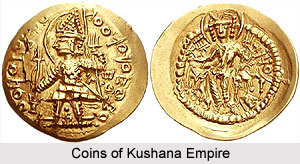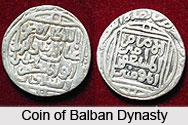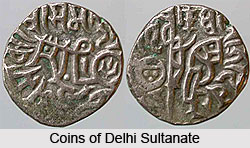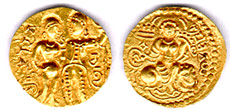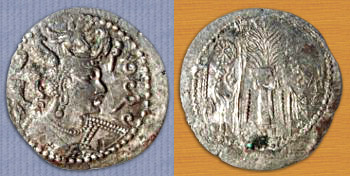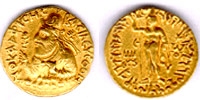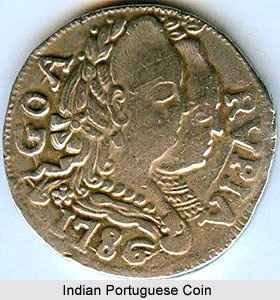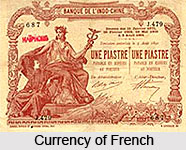 French India, a general name for the French possessions in India . French India included the French settlements of Chandernagor, Mahe, Yanaon, Karikal and Pondicherry. These enclaves became French territory in 1675, and were occupied by the British from 1793 to 1816. Chandernagor was transferred to India on May 2, 1950, and Pondicherry was transferred to India on November 1, 1954.
French India, a general name for the French possessions in India . French India included the French settlements of Chandernagor, Mahe, Yanaon, Karikal and Pondicherry. These enclaves became French territory in 1675, and were occupied by the British from 1793 to 1816. Chandernagor was transferred to India on May 2, 1950, and Pondicherry was transferred to India on November 1, 1954.
Coins were first minted in French India (INFR) in 1700, and banknotes were first issued by the Banque de l`Indochine on January 21, 1875. Indian Rupees were legal tender in French India, and the French India Roupie traded at par to the Indian Rupee.
The roupie or rupee was the currency of French India. It was equal to the Indian rupee issued by the British and then Indian governments. Until 1871 it was issued as coins with the roupie divided into 8 fanons, each of 3 doudous or 20 cash. From 1871, banknotes were issued by France`s Bank of Indochina which circulated alongside coins issued by British India.
French style issues struck by the "Perpetual Company of the Indies" 1720 -1837 were the copper Doudou, with a gallic cock standing on the left of the obverse and a legend, Pudu-Cher on the reverse. The AR 2, royalin Fenon, weighing 1.4 grams, has a Crown of the "Hindu" variety on the obverse and a Group of Fleur de Lis on the reverse. There were other AR 2 coins too, which were double fenon and weighed from 2.8 grams to 2.95 grams.
Mughal Style coins were also issued in the name of Ahmed Shah Bahadur, Alamgir II and Shah Alam II. Copper coins were struck at Podicherry for use of Karaikal and Coins for use in Mahé were struck in the French mint at Pondicherry.
